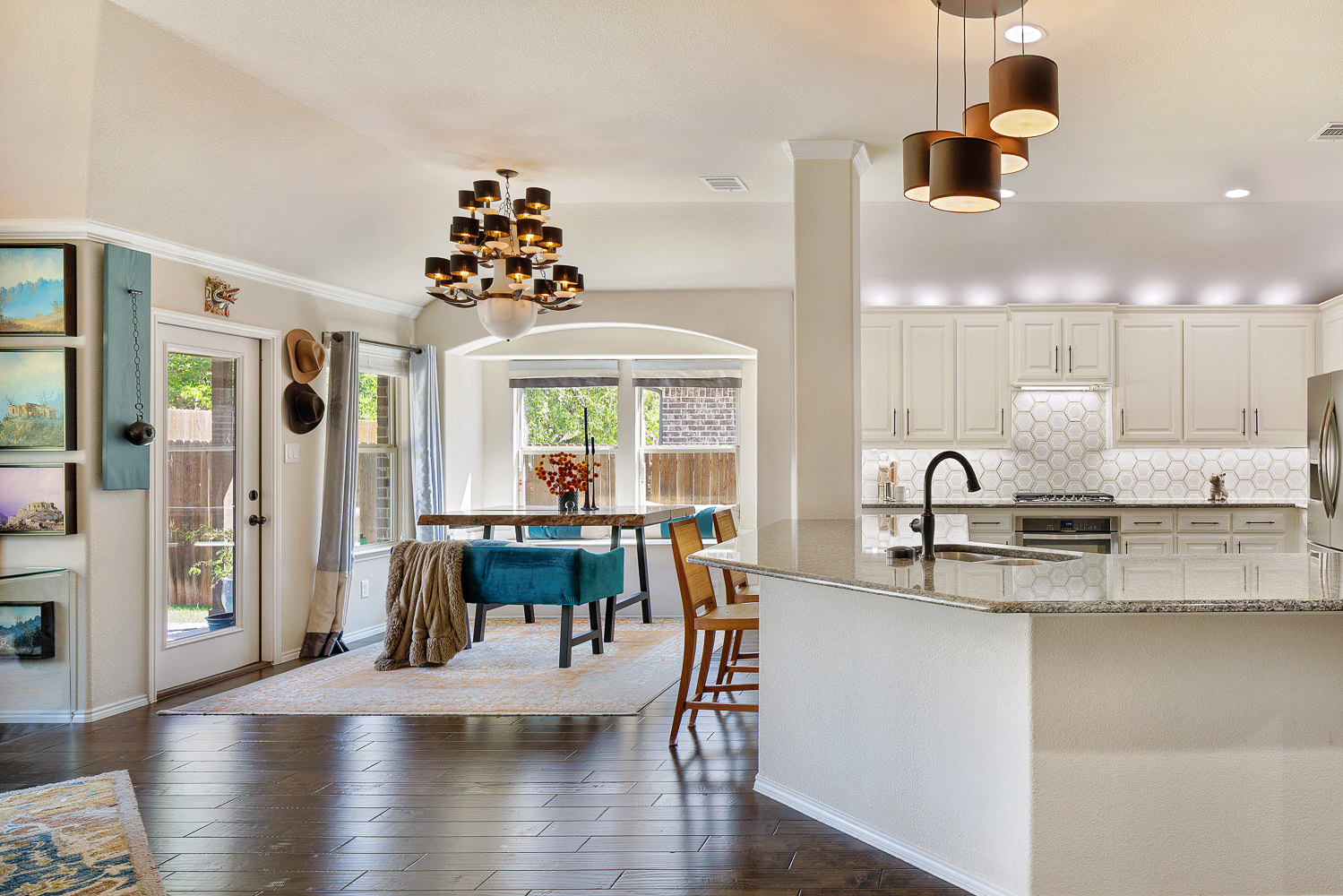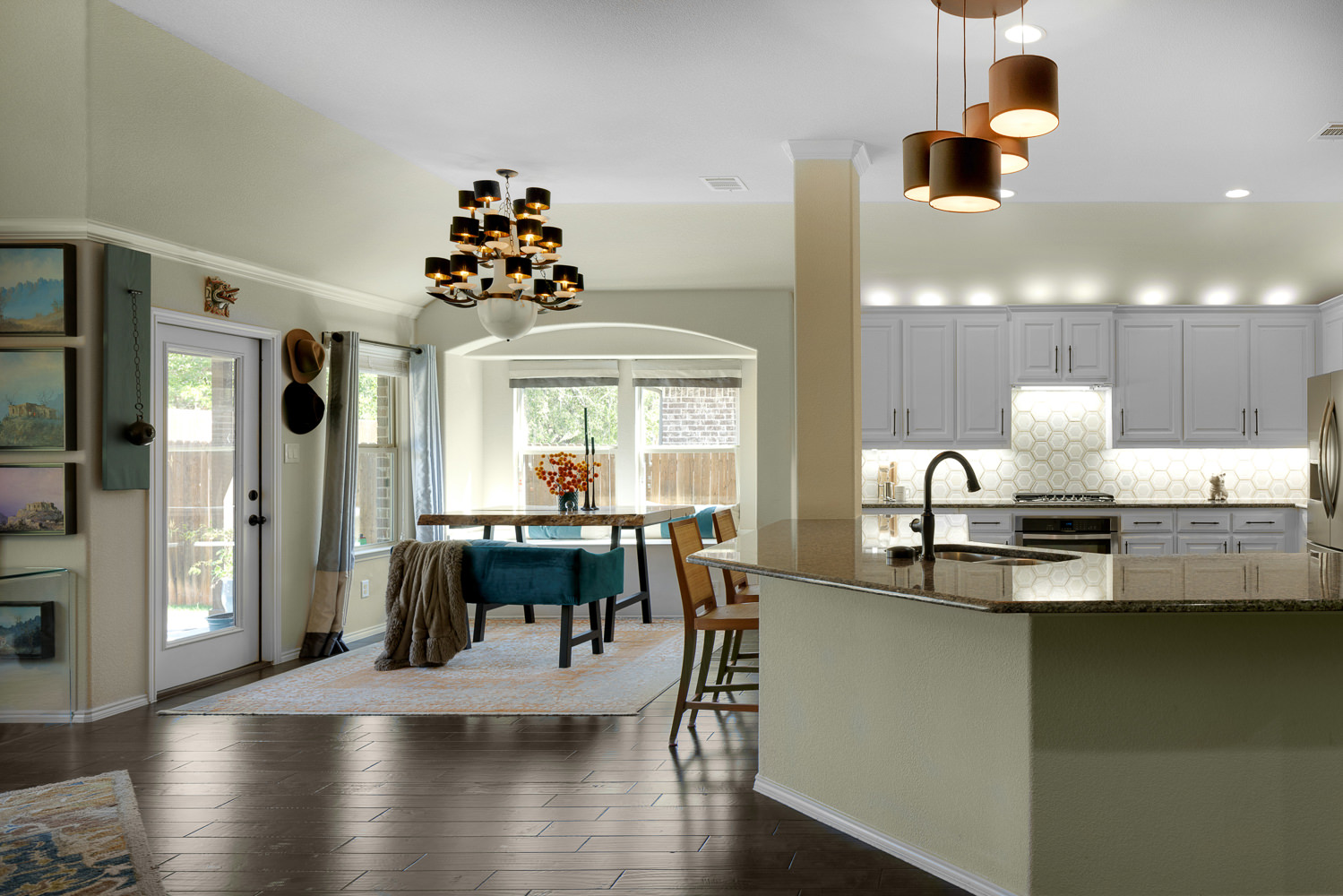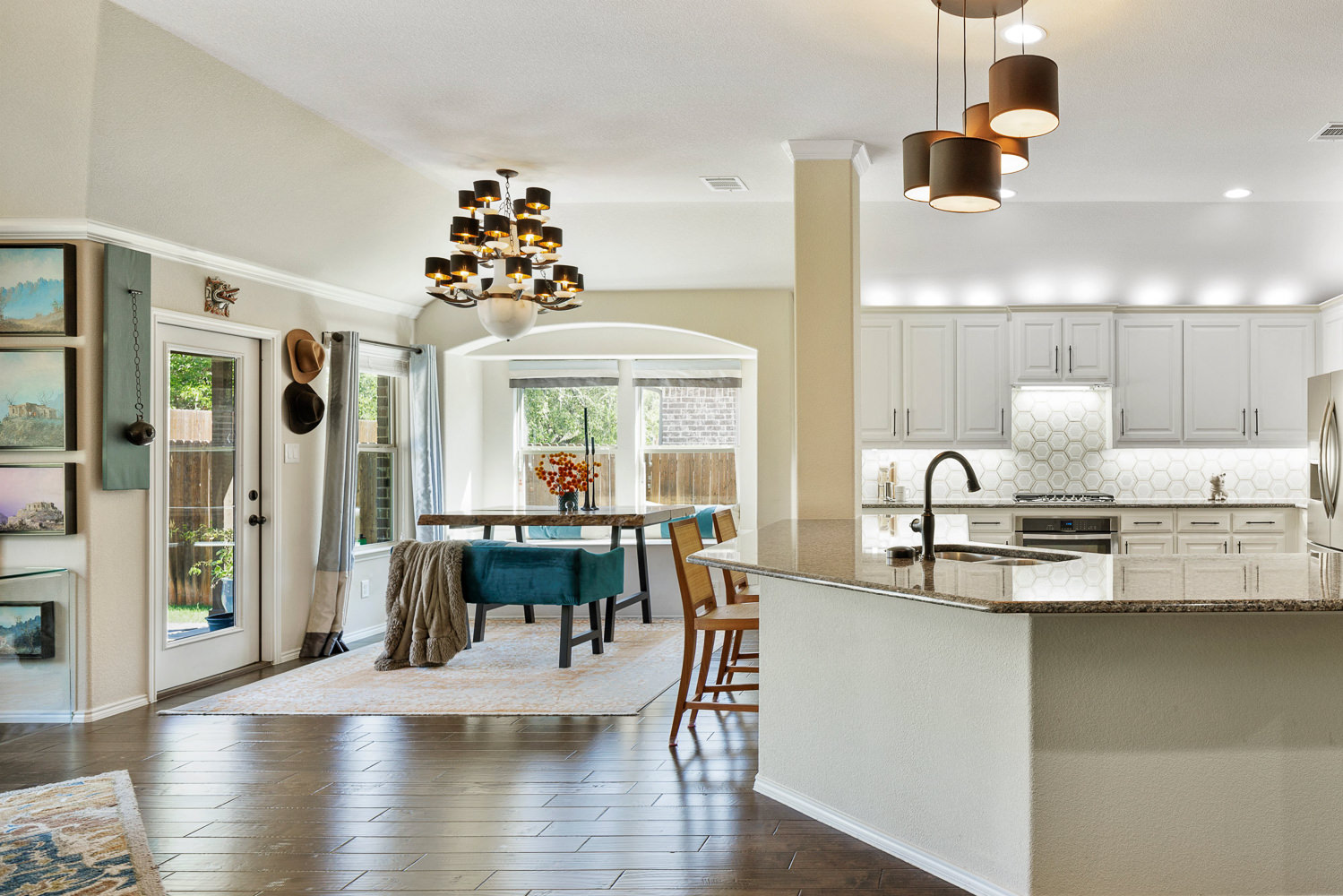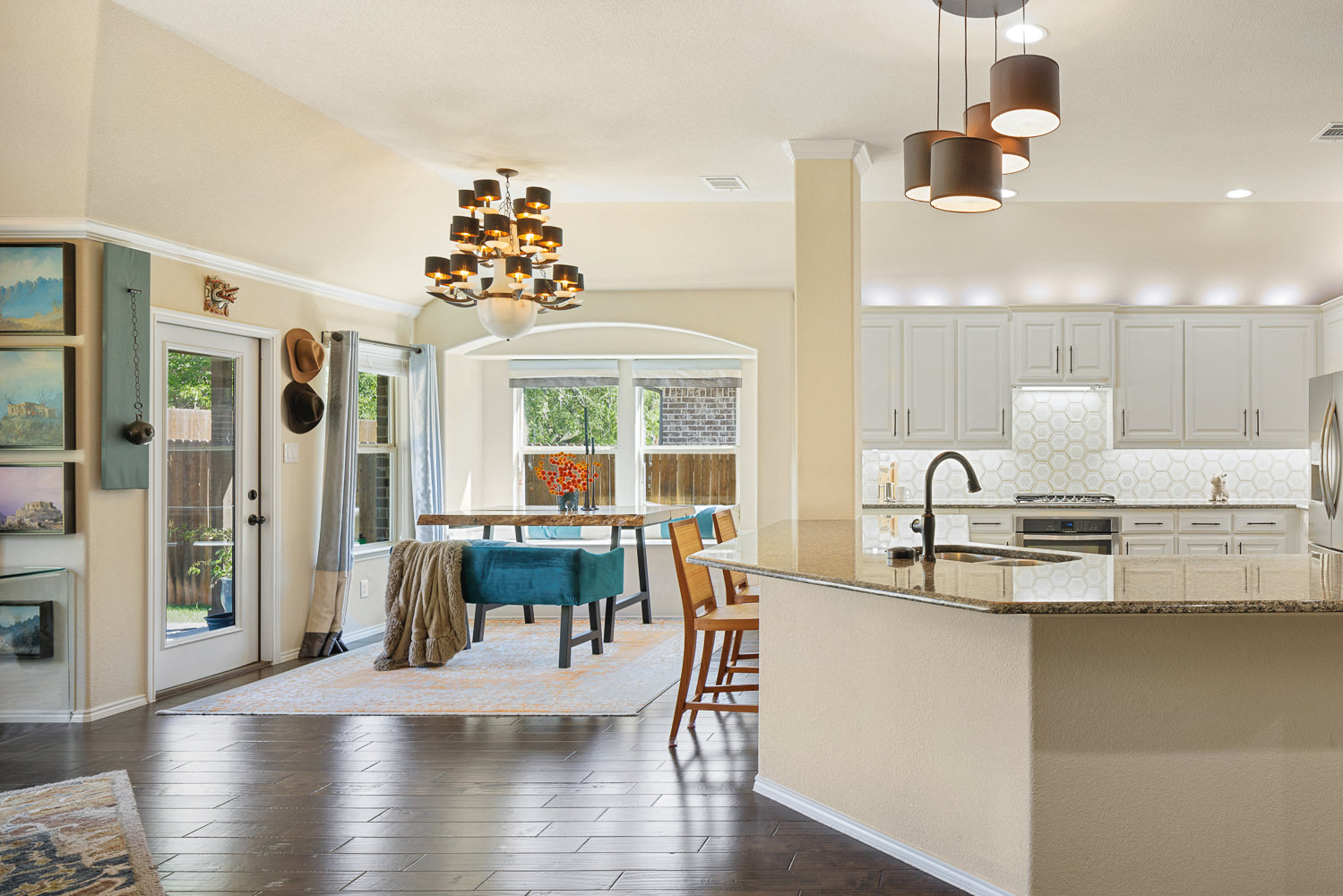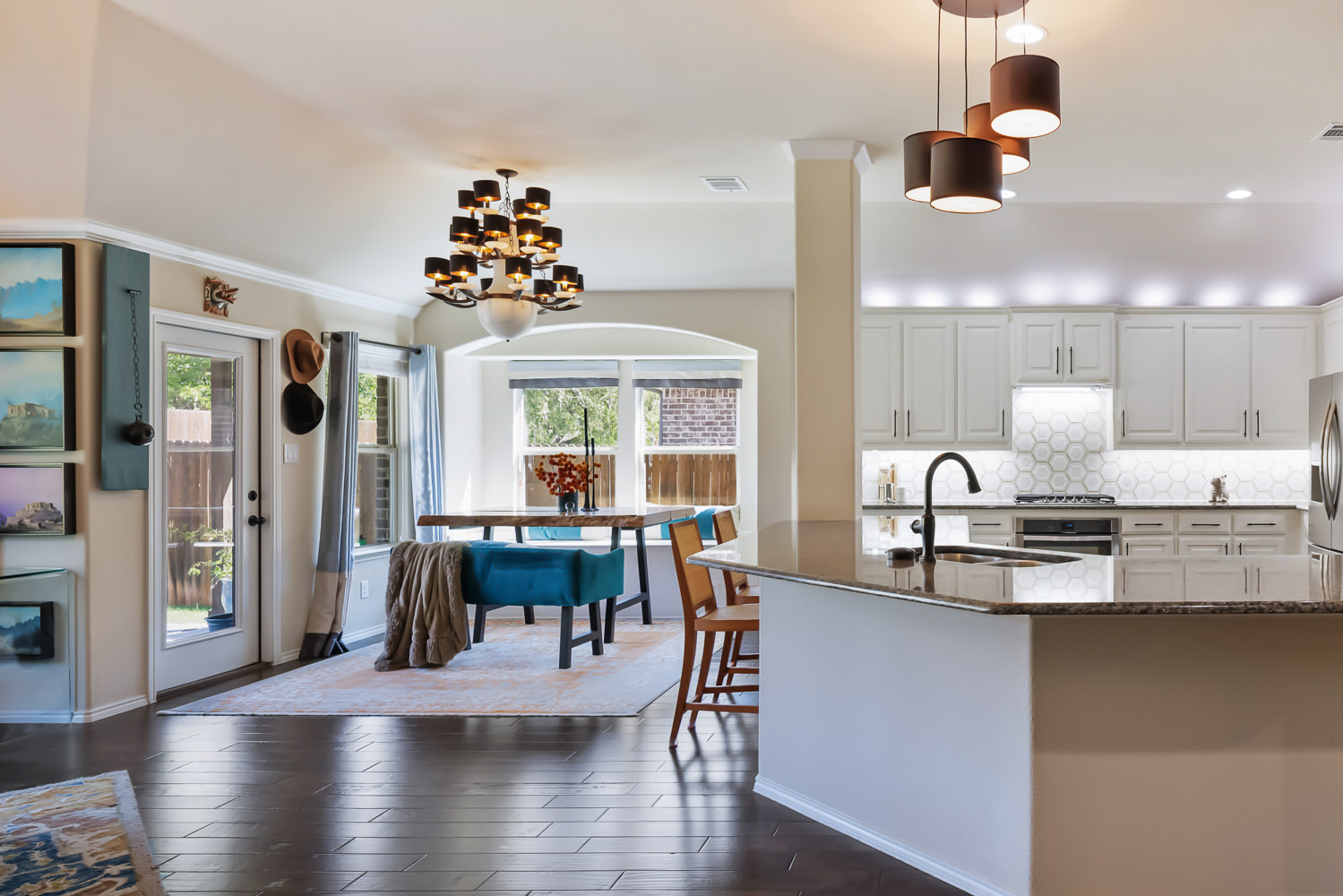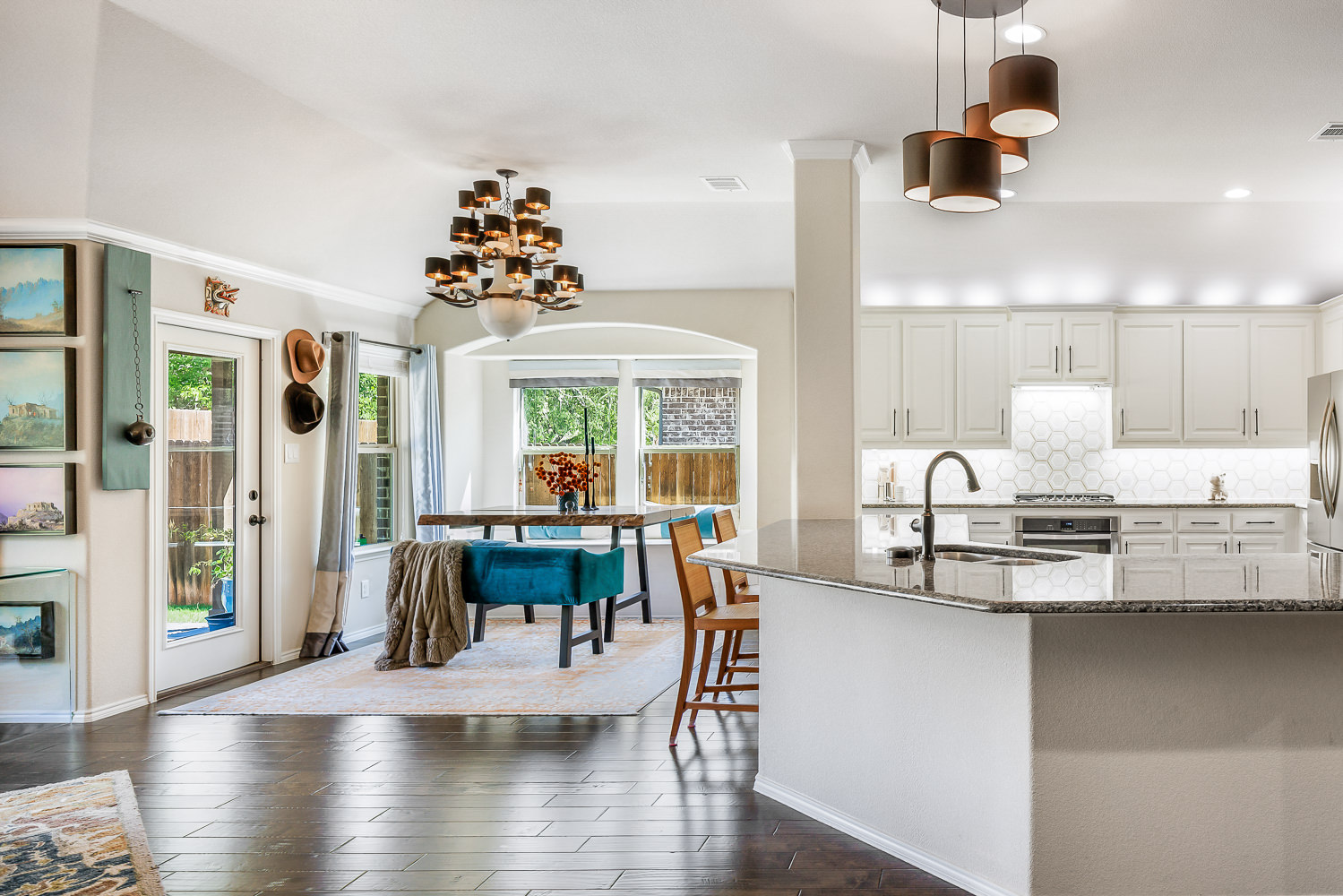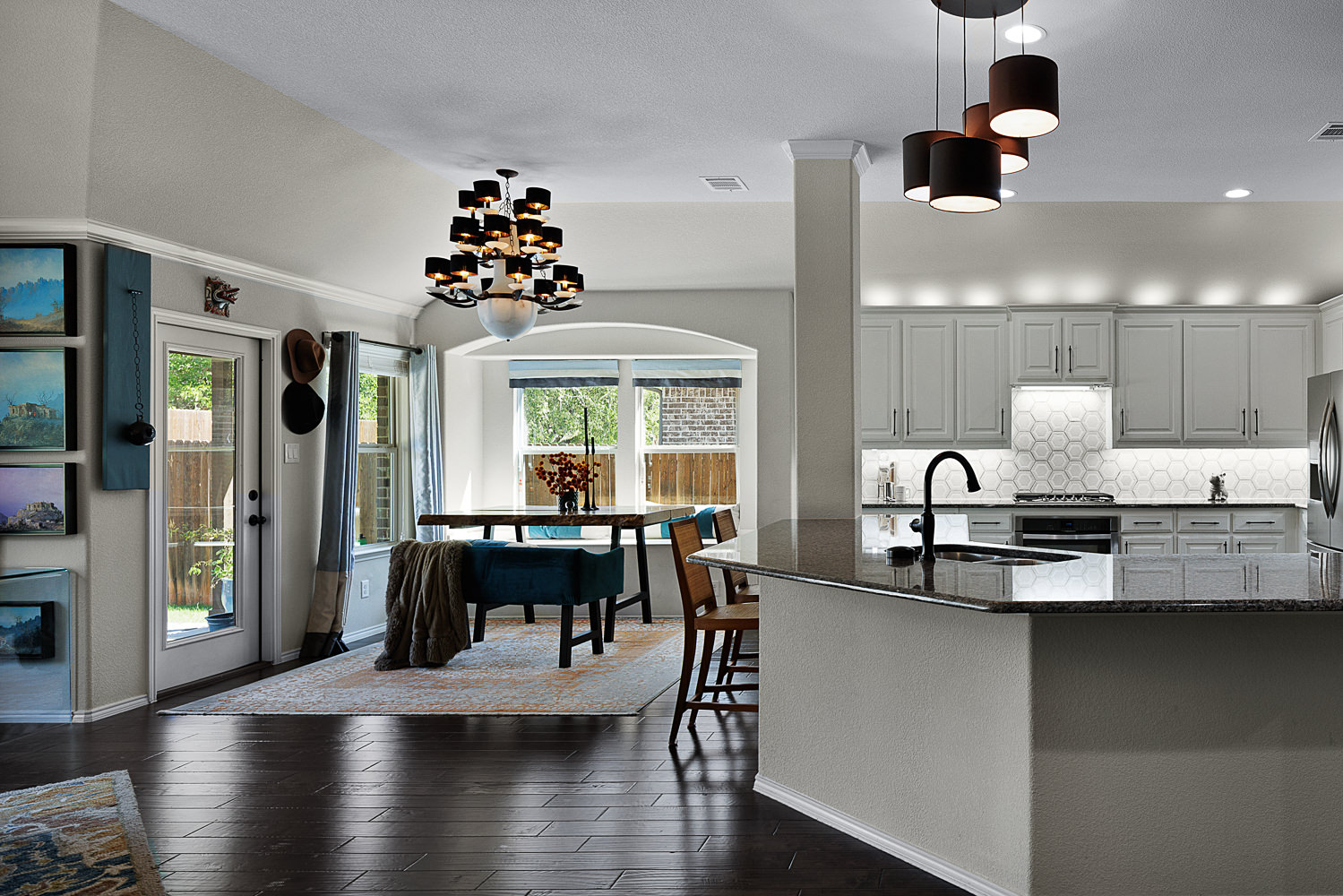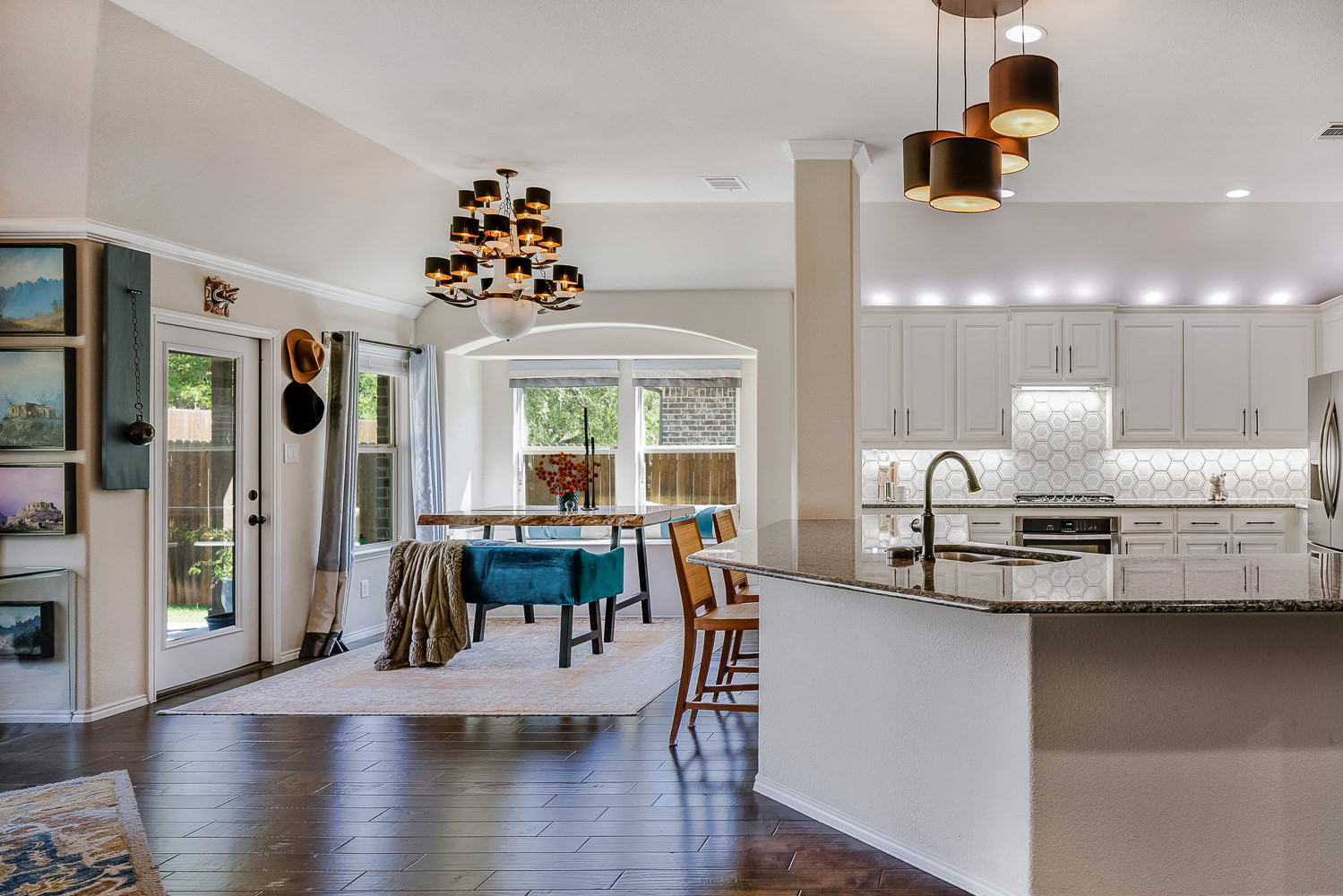Exposure blending is obsolete for real estate photography!
I like to think photographers are part scientist who love a good experiment. Put new technology in our hands and we begin an investigation. We use technology to create new techniques to capture our visual description of the world. I love this quote from Mr. Villard:
It's hard to tell the story if you don't have a stunning image to back it up --Ray Villard, public relations director for the Hubble Space Telescope project
I thought I would leap in to the blog’s end and get right to the meat of it. The photograph on the left side of the slider was captured using flash, on the right is a 3 image HDR (High Dynamic Range) exposure blend from a highly regarded photo editing company.
 Flash
Flash
We sent the same 3 photographs to 20 different processers for an HDR exposure blend with exactly the same instruction: “Create an HDR from the three photographs”. We paid between 40 cents and 12 dollars for the images you see in the sample slider and at the bottom of this blog. This blog is not intended as a commentary or a review of an individual processor,its commentary on the technique.
So Here's The First Part of the Blog.
Commercially available digital cameras and the software to process those images have been around since 1989. These digital cameras fundamentally changed the way we communicate with one another. I don’t need words to describe a kitchen backsplash by its size, scale, material, color, or finishes. I make a photograph.
These 1989 digital cameras captured tiny 2 megapixel resolution images. As digital camera technology advanced, images became larger and more detailed. Since we began shooting real estate in 2009 we have used 11 different model cameras! Every one of them was replace because of technology improvements. Today’s full frame digital cameras offer over 60 megapixels of resolution.
As technology improved so did processing software. Exposure blending, like HDRi provided an excellent solution navigating the widely divergent range of light in homes, revolutionizing the real estate photography industry. It offered a fast and inexpensive method to capture images in a dark space without lugging around huge amounts of expensive lighting equipment and cabling required to connect lighting.
And again, technology changed everything. The wireless flash became commercially available in the early 2000s. This wireless connection offered freedom! And as any good photographer/scientist, we all began to experiment and learn from one another. The wireless flash created mobility in our work environments.
This wireless connectivity launched exposure blending using an added layer of flash, its commonly referred to as Flambaint. This is a technique where the photographer uses images captured with an single high powered flash and, like HDR changes the camera exposure for a layer exposed with only the ambient room lighting. And like HDR, these individual photographs are blended to create an image. Note that the flash ambient exposure blend technique is unique to the real estate photography industry.
The purview of a photographer is what is on the other side of the lens. Photography is capturing light, it’s not what happens in the camera but how a photographer chooses to manage the technology that defines the photograph. Like a painter uses a paintbrush, a photographer makes the artistic and technical choices to capture light.
Here’s the problem, with any type of exposure blending Flambiant or HDR. When you change the exposure, you are changing visually significant attributes of an image that define quality. You are changing: The color by the amount of light you are capturing, motion blur by changing how movement registers on the camera sensor, and the overall image sharpness. When you combine a perfectly exposed photograph with two or more not so perfectly exposed photographs with the hopes of improving the dynamic range of the image you do so at the sacrifice of quality.
As you can see from our samples digital processing dramatically impacted the images. The colors are not crisp and vibrant or even accurate to the actual color of the room. Whites bleed of into grey. Natural soft shadows were rendered with harsh lines or completely removed. The floor glare creates a distraction covering the natural wood tones of the floor. The detail of the marble backsplash is gone.
We got similar results from all the processors. I was surprised that several of the processors changed the ceiling white without instruction to do so. I think this trend will end after a few more home owners end up painting ceilings white. Changing the color of paint is a misrepresentation of the property you are selling. I think I will call the exposure blends works of fiction.
Our two-layer composite is executed by composing the frame, setting the exposure, configuring the lighting setup, capturing the photograph moving the lighting and capturing another photograph. This one was manually composited in about 2 minutes using photoshop layers. The camera settings are not changed between the first and second photograph used to create the composite image.
I believe any type of exposure blending is simply not necessary to create quality real estate images that accurately depict the home. Exposure blending adds unnecessary complexity to a photographer’s post production workflow. Furthermore, hiring outside processers robs photographer of learning how to advance with technology.
I think HDR should mean Highly Deceptive Reality.
Here are 9 more samples:
